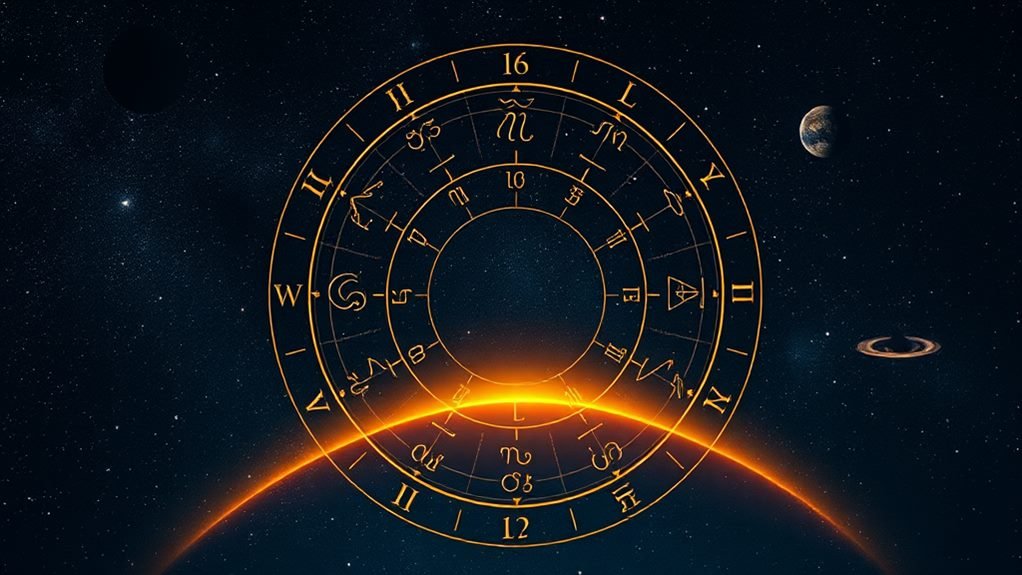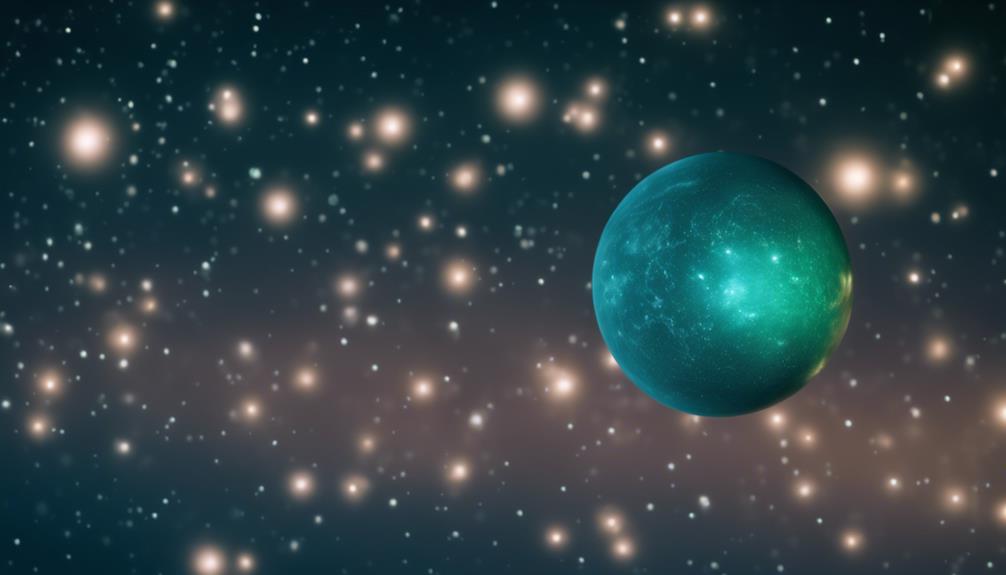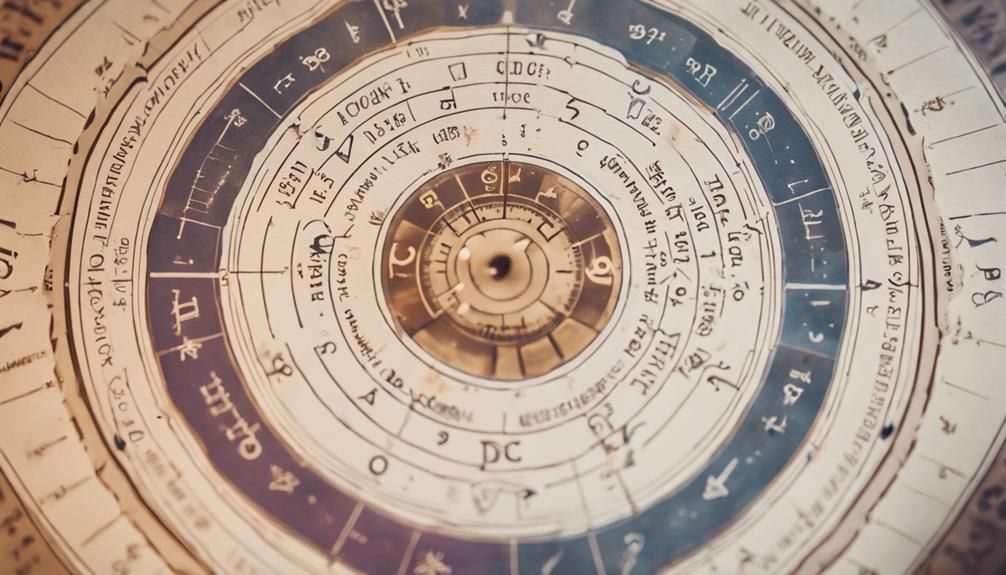Understanding the Meaning Behind a Rainbow Around the Sun
Video explaining the science and beauty of sun halos.
Defining a Rainbow Around the Sun: The 22-Degree Halo
A rainbow around the sun, or sun halo, is a mesmerizing atmospheric phenomenon, a captivating ring of light encircling the sun. This stunning spectacle occurs when sunlight refracts and reflects through hexagonal ice crystals suspended in thin, wispy cirrus clouds high in the Earth's atmosphere. Often referred to as a 22-degree halo because of its approximate radius around the sun, it is a relatively common, yet always enchanting, sight, particularly in the mid-latitudes during cooler months.
The Science Behind Sun Halos: Ice Crystals and Light
The formation of a sun halo is a beautiful demonstration of physics in action. It all begins with cirrus clouds, which are composed of tiny, hexagonal ice crystals. As sunlight passes through these crystals, it is bent, or refracted. The specific 22-degree halo we often see is created when light enters one side of a hexagonal ice crystal and exits through a non-parallel side, bending the light by approximately 22 degrees. This refraction, occurring across millions of ice crystals, creates the luminous ring we perceive as a sun halo.
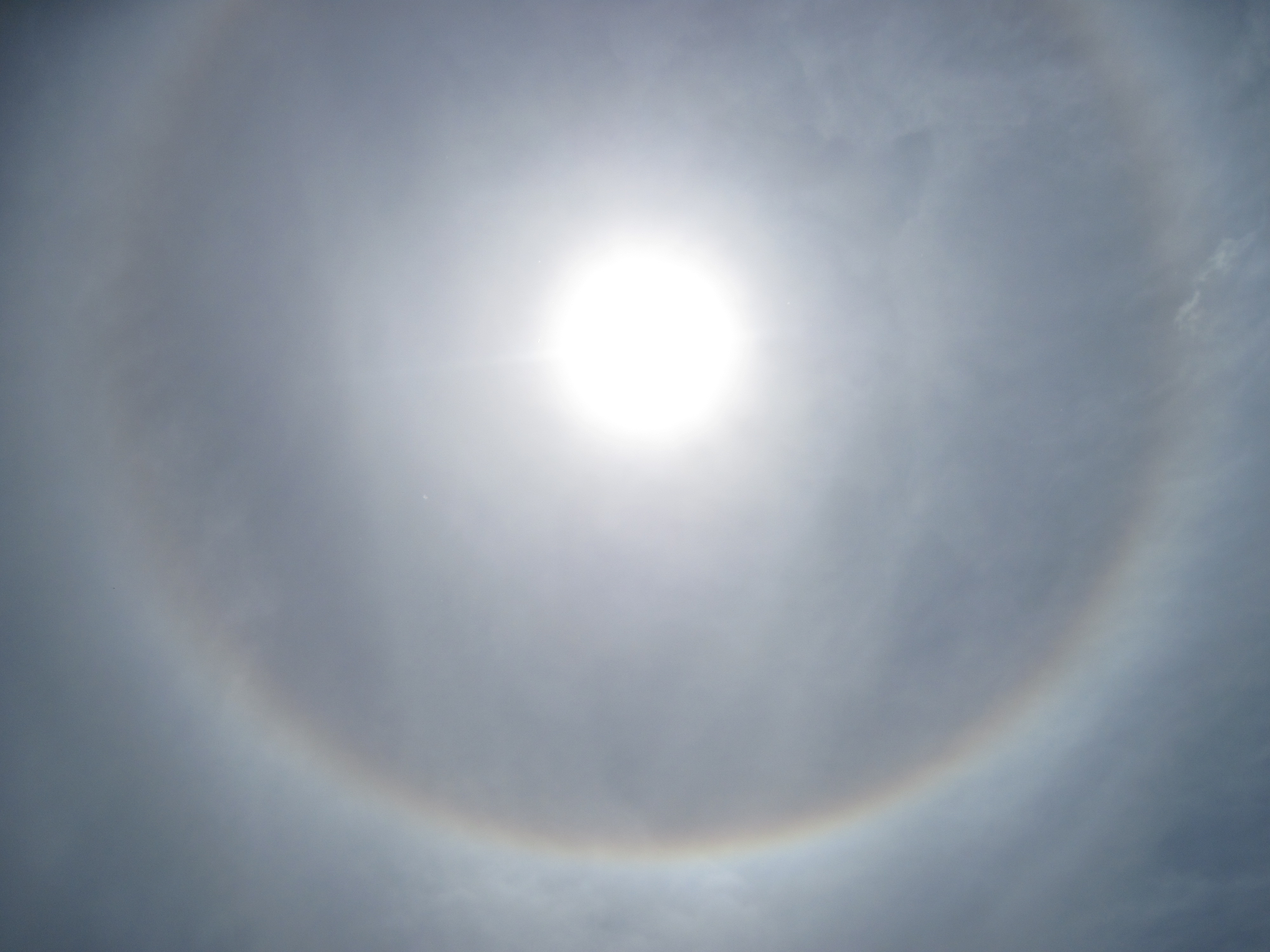
A vibrant sun halo illuminating the sky.
Weather Predictions and Sun Halos: Folklore and Observation
In weather folklore, the appearance of a sun halo is often considered a sign of impending rain or a change in weather conditions. This traditional belief stems from the fact that cirrus clouds, which cause sun halos, often precede storm systems. While not a foolproof predictor of immediate rainfall, the appearance of a halo can indicate that moisture is present in the upper atmosphere and that weather patterns may be shifting towards wetter conditions. It's a fascinating example of how people have historically observed and interpreted natural phenomena to understand their environment.
Cultural Interpretations and Symbolism of Sun Halos
Beyond weather lore, sun halos carry rich cultural and symbolic meaning across different societies and belief systems. From ancient mythologies to modern spiritual interpretations, the ring around the sun has been imbued with significance, often associated with divinity, change, and messages from the cosmos.
Sun Halo Symbolism in Judeo-Christian Traditions
Within Judeo-Christian beliefs, the rainbow itself holds deep symbolic weight, primarily representing the covenant between God and humanity after Noah's flood. While not explicitly mentioned as a "sun halo," the rainbow symbolism extends to any rainbow phenomenon. It serves as a powerful reminder of divine promise, faithfulness, and protection against future global catastrophes. The halo around the sun, in this context, can be seen as a celestial affirmation of this enduring covenant.

A sun halo appearing amidst cirrus clouds, often a sign of changing weather.
New Age Perspectives on Sun Halo Meaning
In New Age and spiritual circles, a rainbow around the sun is frequently interpreted as a potent symbol of transformation, spiritual awakening, and positive change. It's seen as a sign from the universe, a visual message indicating that significant shifts are underway, both personally and globally. Many believe it heralds a period of growth, expanded consciousness, and alignment with higher spiritual energies. Encountering a sun halo in this context can be a deeply encouraging and uplifting experience.
Historical Significance of Rainbows and Halos
Throughout history, rainbows, including sun halos, have captivated human imagination and held profound cultural significance. They appear in art, literature, and mythology across diverse cultures, often symbolizing beauty, harmony, and a bridge between the earthly and celestial realms. Ancient folklore often depicted rainbows as pathways for deities or messengers from the heavens, further emphasizing their mystical and awe-inspiring nature.
Rainbows in Cultural Depictions

A vibrant double rainbow showcasing nature's artistry.
Scientific Study and Predictability of Sun Halos
Meteorologists and atmospheric scientists dedicate significant effort to studying sun halos and other atmospheric optical phenomena. By meticulously observing, recording, and analyzing the occurrences of sun halos, they gain valuable insights into atmospheric conditions, ice crystal formation, and weather patterns. Understanding the relationship between cirrus clouds, ice crystal types, sunlight angles, and halo formation enhances weather forecasting capabilities and deepens our knowledge of atmospheric processes.
Recording and Analyzing Sun Halo Patterns
Systematic recording and analysis of sun halo occurrences contribute to a broader understanding of climate patterns and atmospheric changes over time. Scientists use sophisticated instruments and observational data to study the frequency, intensity, and types of halos, correlating them with various meteorological factors. This ongoing research helps refine weather prediction models and provides a clearer picture of Earth's complex atmospheric dynamics.
Folklore, Superstitions, and Omens Associated with Sun Halos
Across ancient cultures and folklore traditions, rainbows around the sun have sometimes been associated with omens, warnings, or prophecies. In certain cultures, they were interpreted as messages from deities, foretelling imminent danger or significant events. Historical records and cautionary tales reflect the powerful impact these celestial displays had on societal beliefs and interpretations of the world around them. While these interpretations are rooted in folklore rather than scientific fact, they highlight the enduring cultural fascination with sun halos.
Ancient Beliefs and Superstitions Surrounding Sun Halos
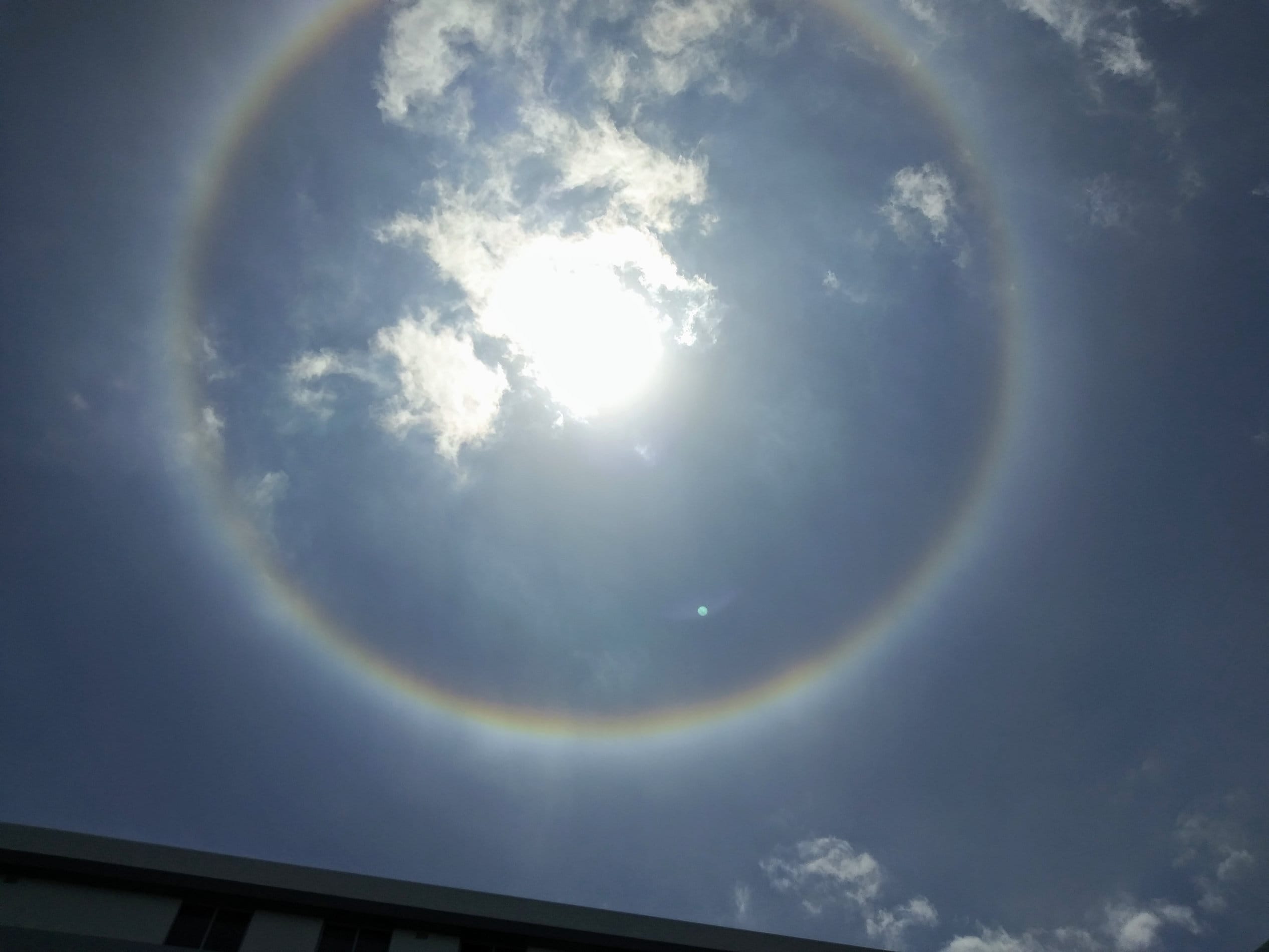
Capturing the ethereal beauty of a sun halo with a camera.
Tips for Photographing Sun Halos: Capturing the Celestial Ring
Photographing a sun halo can be a rewarding pursuit for photographers and nature enthusiasts alike. To effectively capture the subtle beauty and detail of a halo, using the right techniques and equipment is beneficial. A camera with manual settings, including adjustable aperture and shutter speed, along with a polarizing filter, can enhance the contrast and vibrancy of the halo, making it stand out against the sky. Crucially, always avoid looking directly at the sun while photographing to protect your eyes. Optimal conditions include clear skies with well-defined cirrus clouds and positioning yourself with the sun at your back or side.
Camera Techniques and Equipment for Sun Halo Photography
For optimal sun halo photography, consider these tips: use a wide-angle lens to capture the full halo, shoot in RAW format to preserve image data, experiment with different apertures to control depth of field, and utilize a tripod for sharp, stable images. Post-processing adjustments, such as contrast and clarity enhancements, can further bring out the halo's details and colors. Remember safety first – never look directly at the sun!
Key Facts About the Rainbow Around the Sun Phenomenon
-
Definition and Occurrence: A rainbow around the sun, also known as a 22-degree halo or sun halo, is a captivating optical phenomenon created by sunlight refracting through ice crystals in cirrus clouds. It's most commonly observed during fall, winter, and spring in the Northern Hemisphere.
-
Scientific Explanation: Sun halos form due to the refraction and reflection of sunlight by hexagonal ice crystals in cirrus clouds, bending light at approximately 22 degrees.
-
Weather Lore Connection: In folklore, sun halos are often seen as precursors to rain, as cirrus clouds frequently precede approaching weather systems.
-
Cultural Significance:
- Judeo-Christian Symbolism: The rainbow symbolizes God's covenant after the Great Flood, representing promise and protection.
- New Age Interpretations: Sun halos are viewed as signs of significant change, spiritual transformation, and awakening.
-
Photography Advice: Use adjustable camera settings, a polarizing filter, and avoid direct sun viewing when photographing sun halos. Clear skies and defined cirrus clouds are ideal conditions.
Camera Techniques and Equipment
Overview of the 22-Degree Halo Phenomenon: Quick Facts Table
|
Understanding Sun Halos: A Multifaceted Significance

Visual representation of different aspects of understanding sun halos.
Frequently Asked Questions About Rainbows Around the Sun (Sun Halos)
Expanding Our Understanding of Sun Halos
The Role of Ice Crystal Shape in Halo Formation (H3 Heading)
The precise 22-degree angle of the most common sun halo is directly related to the hexagonal shape of the ice crystals in cirrus clouds. Light entering and exiting these six-sided crystals at specific angles results in the characteristic ring. Variations in ice crystal shape and orientation can lead to other types of halos, some rarer and more complex than the 22-degree halo. Scientists study these variations to learn more about atmospheric ice crystal morphology.
Sun Halos vs. Sun Dogs: Differentiating Related Phenomena (H3 Heading)
While sun halos form a full circle around the sun, sun dogs (or parhelia) are another type of ice crystal halo, appearing as bright spots of light to the left and right of the sun, at roughly the same altitude. Both are caused by ice crystals, but sun dogs are typically brighter and more colorful, often resembling miniature rainbows flanking the sun. Understanding the subtle differences helps appreciate the diversity of atmospheric optics.
The Intensity and Color Variations in Sun Halos (H3 Heading)
Sun halos can vary in intensity and sometimes exhibit subtle color separation, with the inner edge appearing slightly reddish and the outer edge bluish. This color separation is due to the slight dispersion of light as it refracts through the ice crystals, similar to how a prism separates white light into a spectrum. However, sun halos are generally much paler than rainbows, often appearing whitish or faintly colored.
Sun Halos in Different Cultures: Global Perspectives (H3 Heading)
Across different cultures, interpretations of sun halos vary widely, reflecting diverse belief systems and environmental observations. While some cultures associate them with weather changes, others link them to spiritual omens or celestial events. Exploring these global perspectives reveals how different societies have interacted with and made sense of this captivating natural phenomenon, weaving it into their cultural narratives and traditions.
Modern Scientific Research on Atmospheric Halos (H3 Heading)
Contemporary scientific research continues to explore atmospheric halos using advanced modeling and observational techniques. Scientists study halo formation to understand cloud microphysics, atmospheric conditions, and the radiative effects of ice crystals on climate. Ongoing research aims to improve our ability to predict and interpret these phenomena, contributing to a more comprehensive understanding of Earth's atmosphere and climate system.
Conclusion: Appreciating the Wonder of Rainbows Around the Sun
The appearance of a rainbow around the sun is truly a remarkable and inspiring event. By understanding both the scientific explanation and the rich tapestry of cultural interpretations, we gain a deeper appreciation for the natural beauty and wonder of our world. From ancient folklore to modern meteorology, the sun halo invites us to marvel at the intricate workings of nature and our place within it. Whether viewed through the lens of science, spirituality, or art, the rainbow around the sun serves as a potent reminder of the Earth's incredible complexity and the endless wonders waiting to be explored in the universe around us.
Discover Powerful Love Spells and enhance your life's journey.
Or Find Your Perfect Love Spell to bring more love into your life.




